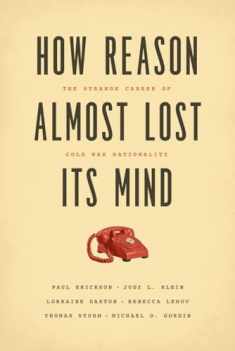
Learning to Forget: US Army Counterinsurgency Doctrine and Practice from Vietnam to Iraq
Book details
Summary
Description
Learning to Forget analyzes the evolution of US counterinsurgency (COIN) doctrine over the last five decades. Beginning with an extensive section on the lessons of Vietnam, it traces the decline of COIN in the 1970s, then the rebirth of low intensity conflict through the Reagan years, in the conflict in Bosnia, and finally in the campaigns of Iraq and Afghanistan. Ultimately it closes the loop by explaining how, by confronting the lessons of Vietnam, the US Army found a way out of those most recent wars. In the process it provides an illustration of how military leaders make use of history and demonstrates the difficulties of drawing lessons from the past that can usefully be applied to contemporary circumstances.
The book outlines how the construction of lessons is tied to the construction of historical memory and demonstrates how histories are constructed to serve the needs of the present. In so doing, it creates a new theory of doctrinal development.


We would LOVE it if you could help us and other readers by reviewing the book
Book review




